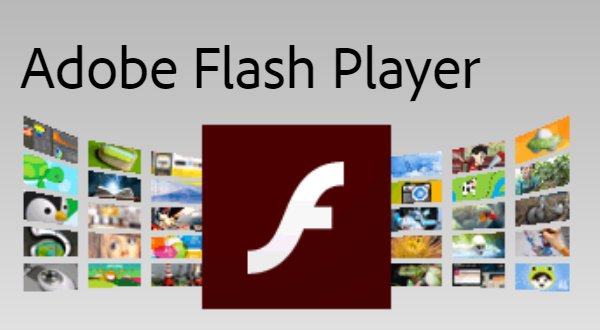
%2B64-bit%2BFree%2BDownload.jpg)
- #Adobe flash player 64bit install#
- #Adobe flash player 64bit software#
- #Adobe flash player 64bit Pc#
- #Adobe flash player 64bit tv#
I haven't seen any of these problems myself. There are a variety of known, albeit minor, problems with the Player. Now, I can't say that the new Flash Player for 64-bit Linux is ready for everyone.

With the 64-bit player, the other applications worked quite well.
#Adobe flash player 64bit tv#
Other applications slowed to a crawl with big videos, such as TV episodes on Hulu, when using the 32-bit Player. I also found that this new Flash Player had much better system performance than the 32-bit version. So, for example, the 'epic' battle between King Arthur and the Black Knight was rendered quite nicely at 24fps in both normal and high-quality resolutions. GUIMark is designed to "heavily saturate the rendering pipeline." Flash video over the Web is designed to deliver the best possible video for the least amount of bandwidth and system requirements. The video performance was actually better than this indicates.

On GUIMark, a Web-based benchmark test suite designed to compare 2D graphics rendering systems, I got 14.9fps (frames per second) on the openSUSE laptop and 18.5fps on the MEPIS desktop. I spent far too much time watching Monty Python videos on the new YouTube Monty Python's Channel while running a variety of Flash games and ads on other pages to make sure the problem as gone. To see this problem fixed in an alpha release made my day. If you killed the npviewer.bin process, the Web browser would start running again. Actually it was just the Flash viewer, npviewer.bin locking up. On 32-bit systems, or running as a 32-bit application on a 64-bit Linux, this problem made it look like the Web browser has frozen-up. Since this can happen by accident-for example, a Flash-enabled ad on one Web page conflicting with a YouTube video on another page, this was very annoying. The 32-bit shipping Flash 10 crashed when I had multiple Flash animations playing. Better still, it didn't crash when I opened multiple Flash videos or animations. I then just ran around the Web for a while visiting various Flash-enabled sites. The Player should work with any Web browser, but at this time its default setup is for Firefox. Once I had it there, I closed and restarted Firefox 3.04 and I was ready to give it a try. Since the file needs to end up in the ~/.mozilla/plugins directory anyway, I just decompressed the player file with the Ark tool directly into the directory. The alpha instructions say that it will uncompress into its own directory, but they're wrong. Then, after downloading the compressed Flash player, I uncompressed it and place it in the Firefox plugin directory. Bad, bad things will happen if you try to run two different Flash players at the same time.
#Adobe flash player 64bit software#
The first step in this is to remove your existing Adobe Flash software or open-source Flash players, such as Gnash.
#Adobe flash player 64bit install#
Instead, I had to manually install the alpha software. To install the software, I had to forgo using each Linux distribution's automated package managers - YaST for openSUSE and Synaptic for MEPIS.
#Adobe flash player 64bit Pc#
This PC uses an Intel Pentium 2.2GHz E2200 dual-core processor and 4GBs of RAM, an integrated Intel Graphics Media Accelerator 3100, and a 320GB SATA hard drive. This system is powered by 2.2GHz Intel Core 2 Duo processor T7500 and has 2GBs of memory and uses an Intel Mobile 965 Express chipset for graphics.įor my second test-box, I used a late beta of the outstanding Debian-based SimplyMEPIS 8 on my Dell Inspiron 530S. First I put it on my openSUSE 11 running on my Lenovo R61 ThinkPad.

To put it through its paces, I installed it on two different Linux systems.


 0 kommentar(er)
0 kommentar(er)
